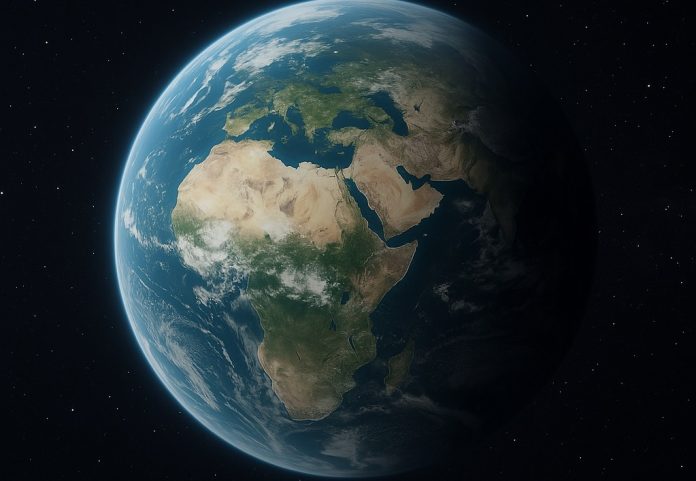
Scientists have taken a big step forward in the search for another Earth.
A team from the University of Bern and the Swiss research network NCCR PlanetS has created a powerful machine learning model that can predict which distant planetary systems might be hiding Earth-like planets.
This new tool could make the search for habitable worlds faster and more efficient than ever before.
Finding planets outside our solar system, especially those that could support life, is one of the most exciting goals in space science today.
These are called exoplanets, and Earth-like ones—rocky, small, and capable of holding liquid water—are of special interest.
Now, thanks to the work of Dr. Jeanne Davoult and her colleagues, scientists have a new method to narrow down where to look.
Dr. Davoult, who developed the model during her PhD at the University of Bern and now works in Berlin, built the model using machine learning.
This type of artificial intelligence learns to find patterns in large sets of data.
In this case, the model was trained using data from the “Bern Model,” a long-standing computer simulation that shows how planets form and evolve over time.
The Bern Model is one of the most advanced tools of its kind. It simulates the physical processes in young planetary systems and predicts what kinds of planets are likely to form.
Using thousands of examples from the Bern Model, the new AI system learned to recognize the features of systems that are likely to include Earth-like planets.
The results were impressive. The model was able to correctly identify Earth-like planets in simulated systems with 99% accuracy. After that, the researchers applied the model to real star systems observed by astronomers.
It predicted that 44 of these systems may be hiding Earth-like planets that haven’t been detected yet. Further research confirmed that it’s scientifically possible these planets could exist in those systems.
Another researcher, Romain Eltschinger, helped expand the model’s capabilities as part of his master’s thesis. Now the tool can work with a wider range of planetary conditions, making it even more useful for future space missions.
This model could guide upcoming missions like PLATO and LIFE, which aim to discover and study Earth-like planets. Instead of searching blindly, scientists can now focus on systems most likely to yield exciting results.
“This is a big step toward finding life elsewhere in the universe,” said Professor Yann Alibert, a co-author of the study. “By helping us find the right planets faster, this model brings us closer to answering one of the biggest questions in science—are we alone?”



